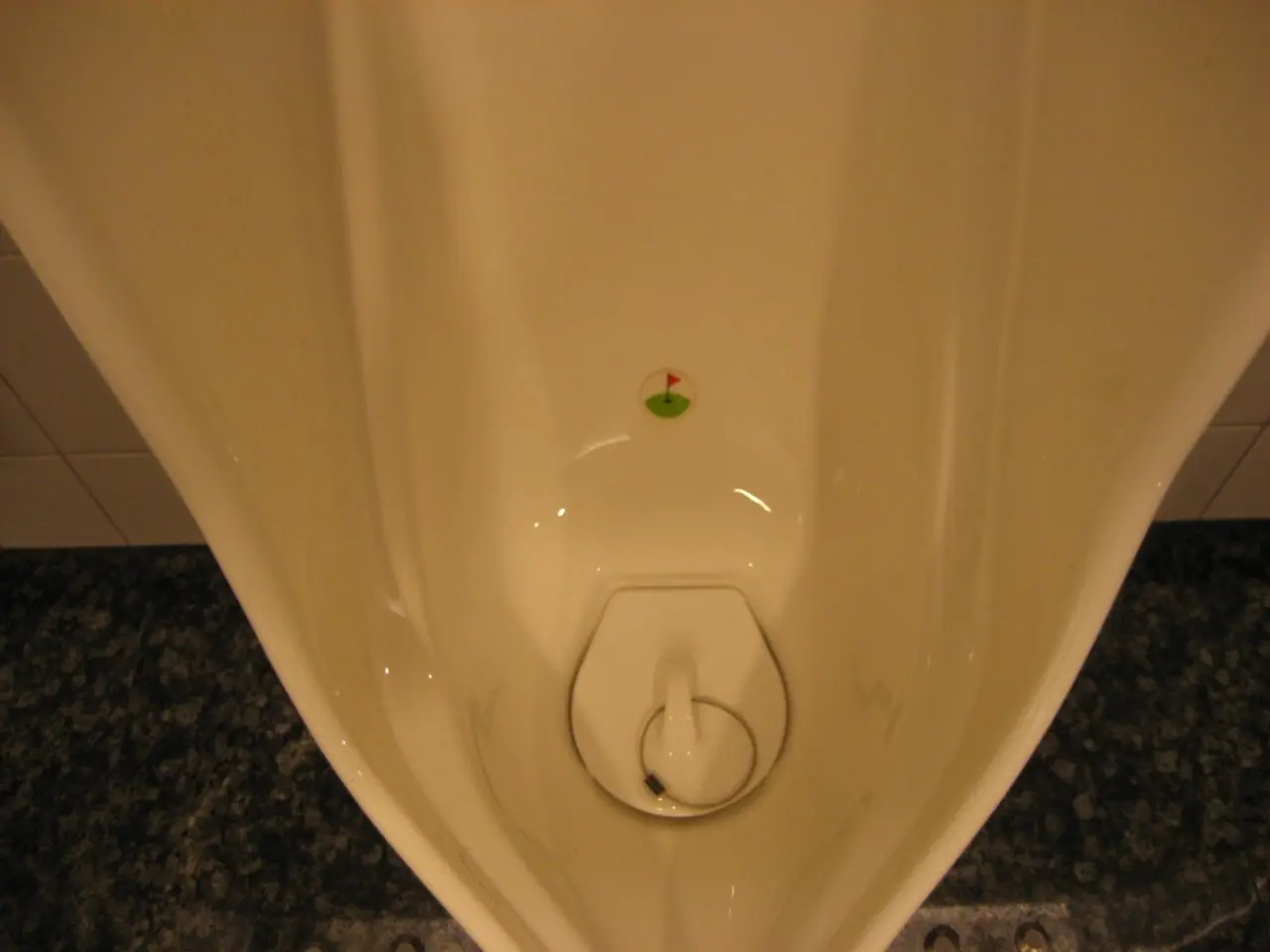Paracentesis Procedure Removes Excess Fluid, Aids Ascites Diagnosis
Doctors have performed a procedure called paracentesis on a patient to remove excess fluid from their abdomen. This common treatment, often used for ascites, the medical term for abdominal fluid buildup, can help determine the underlying cause and provide relief from discomfort.
Paracentesis involves inserting a needle into the abdomen to withdraw fluid. This can be done with or without ultrasound guidance to ensure accuracy. Before the procedure, doctors assess the patient's medical history, perform a physical exam, and may order blood tests. The amount of fluid removed varies depending on the initial reason for the paracentesis.
Cirrhosis, or liver scarring, is the most frequent cause of ascites. Other conditions contributing to fluid accumulation include infections, kidney disease, heart failure, and cancer. In some cases, the cause may not be immediately apparent, making fluid analysis crucial. While generally safe, paracentesis carries risks such as breathing difficulties, fluid leakage, and infection.
Paracentesis successfully removed fluid from the patient's abdomen, potentially alleviating symptoms and aiding diagnosis. Further tests will determine the exact cause of the ascites, with cirrhosis being a likely possibility. The patient will be monitored for any post-procedure complications.






